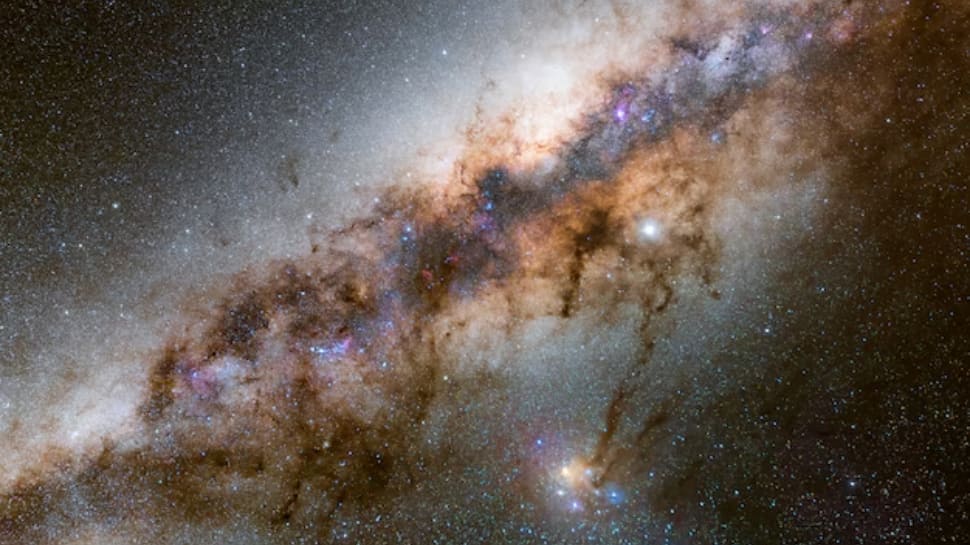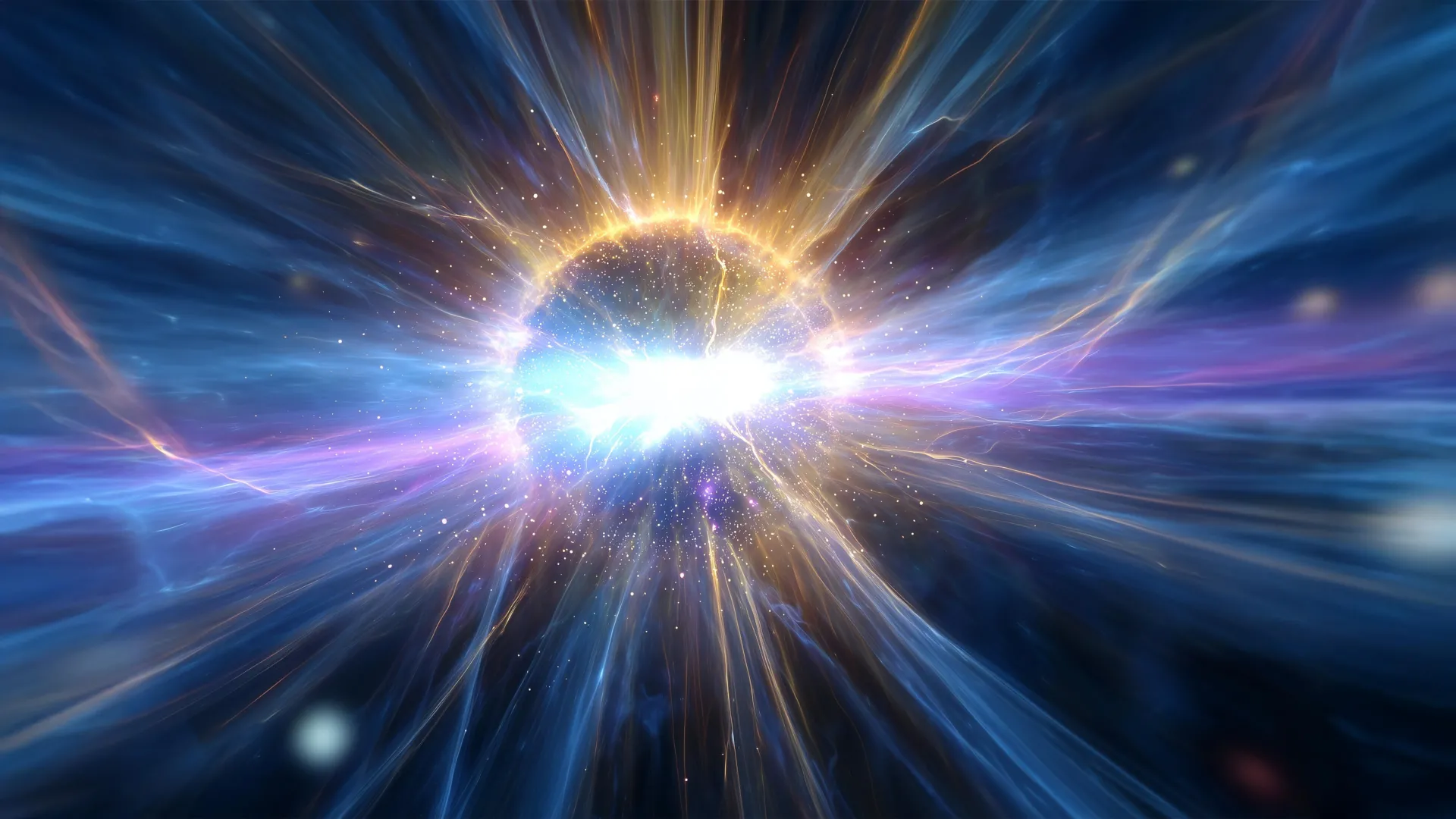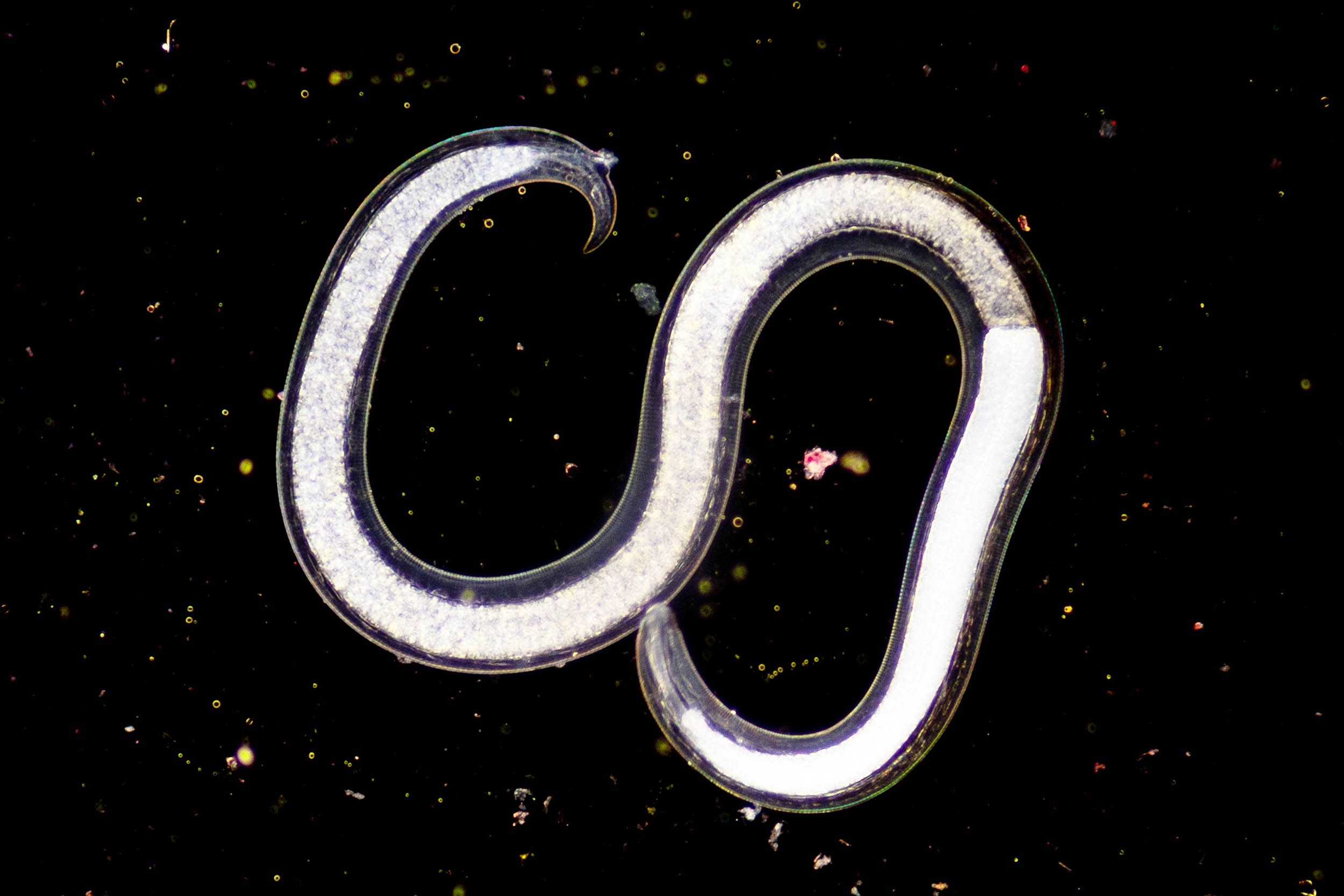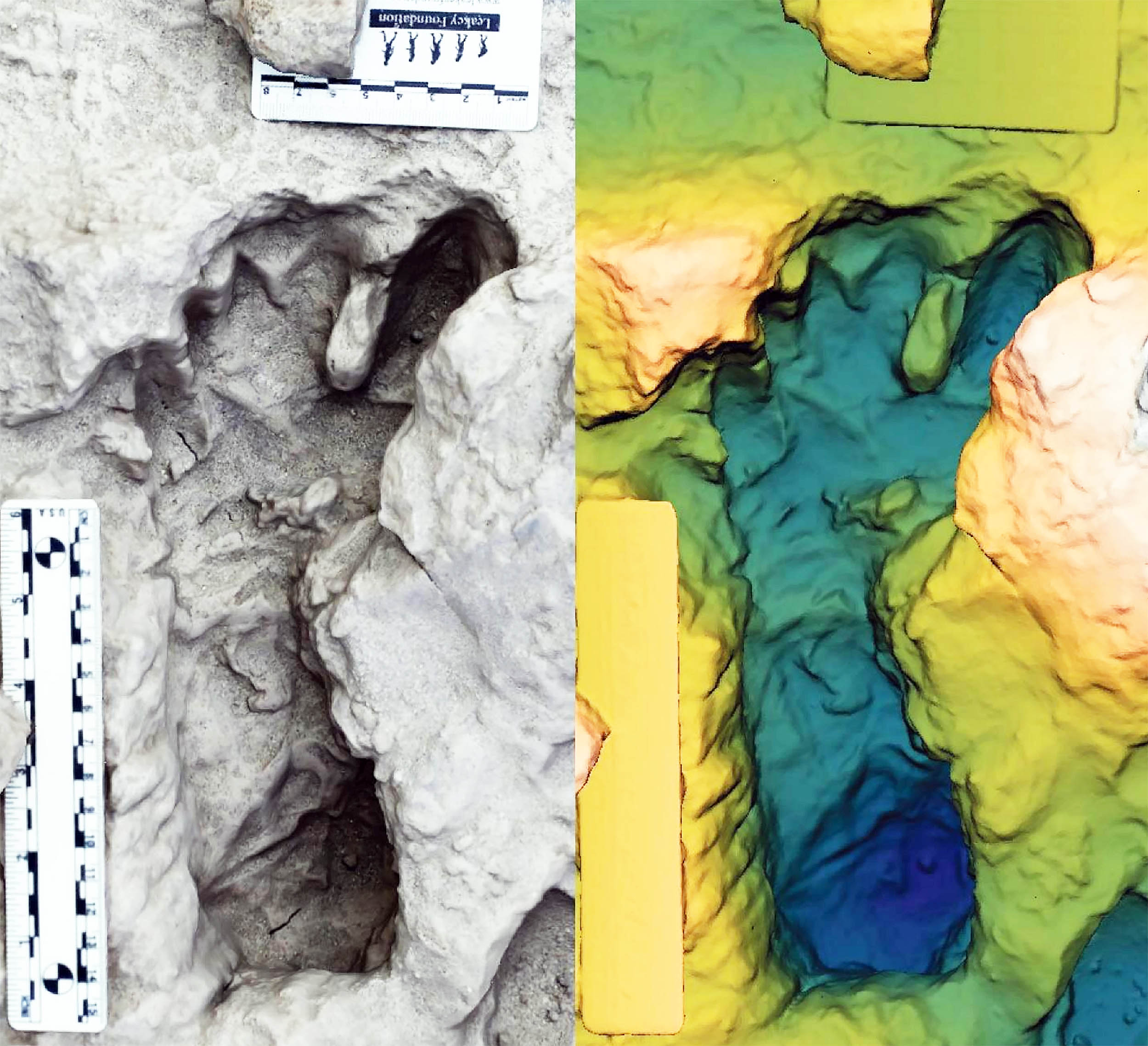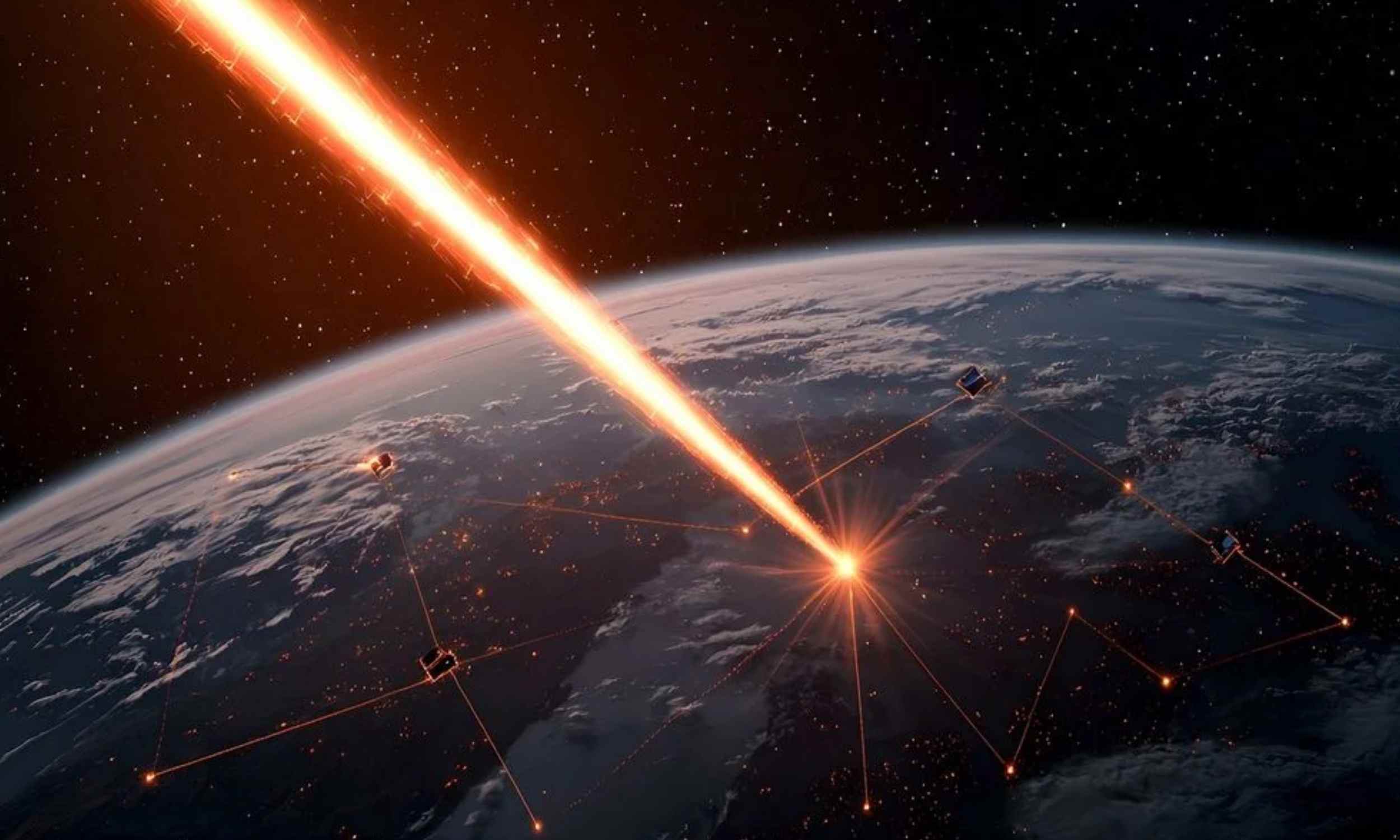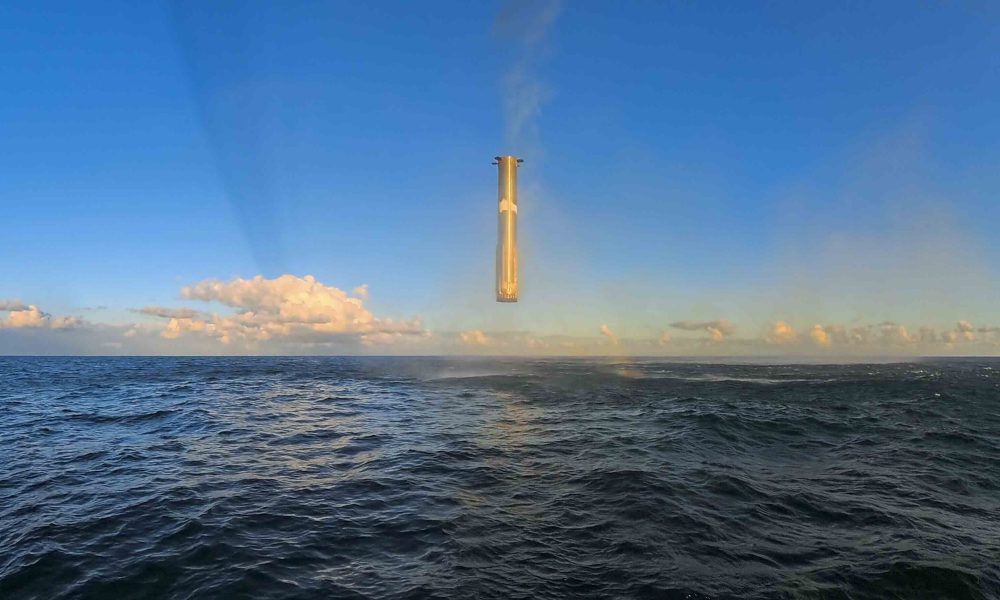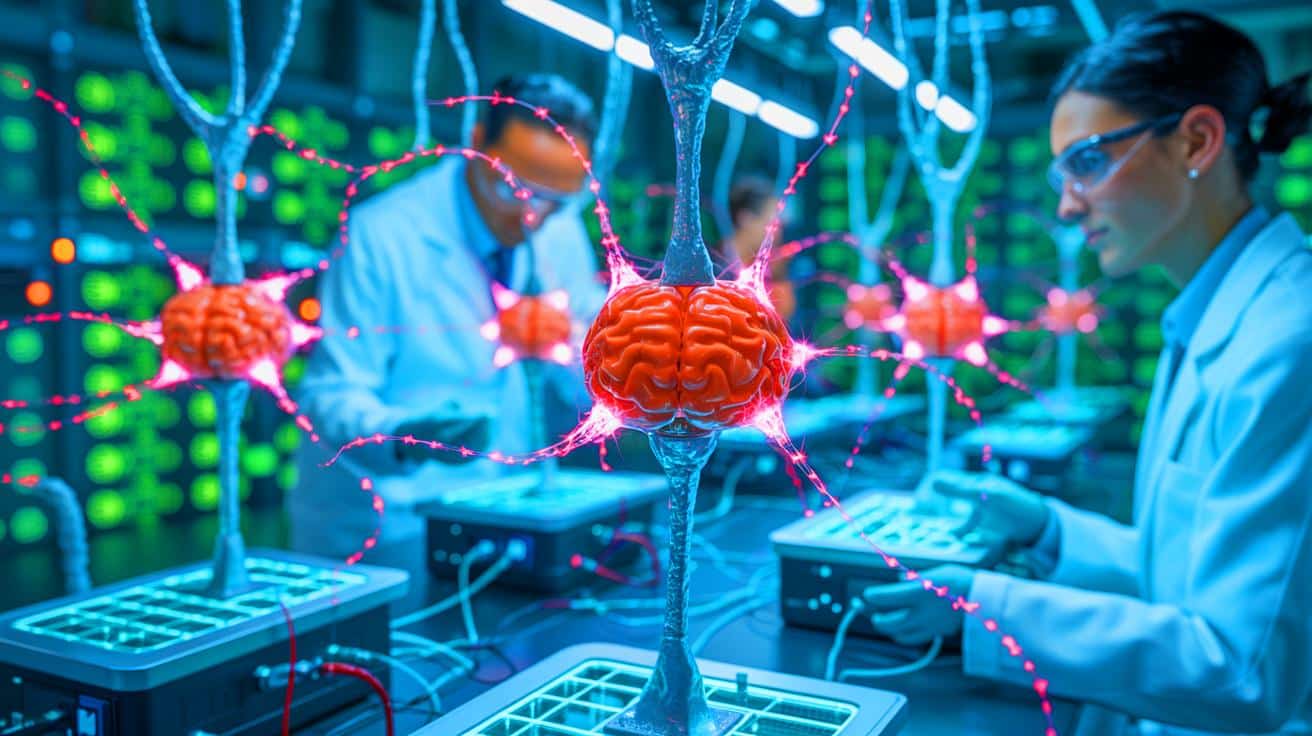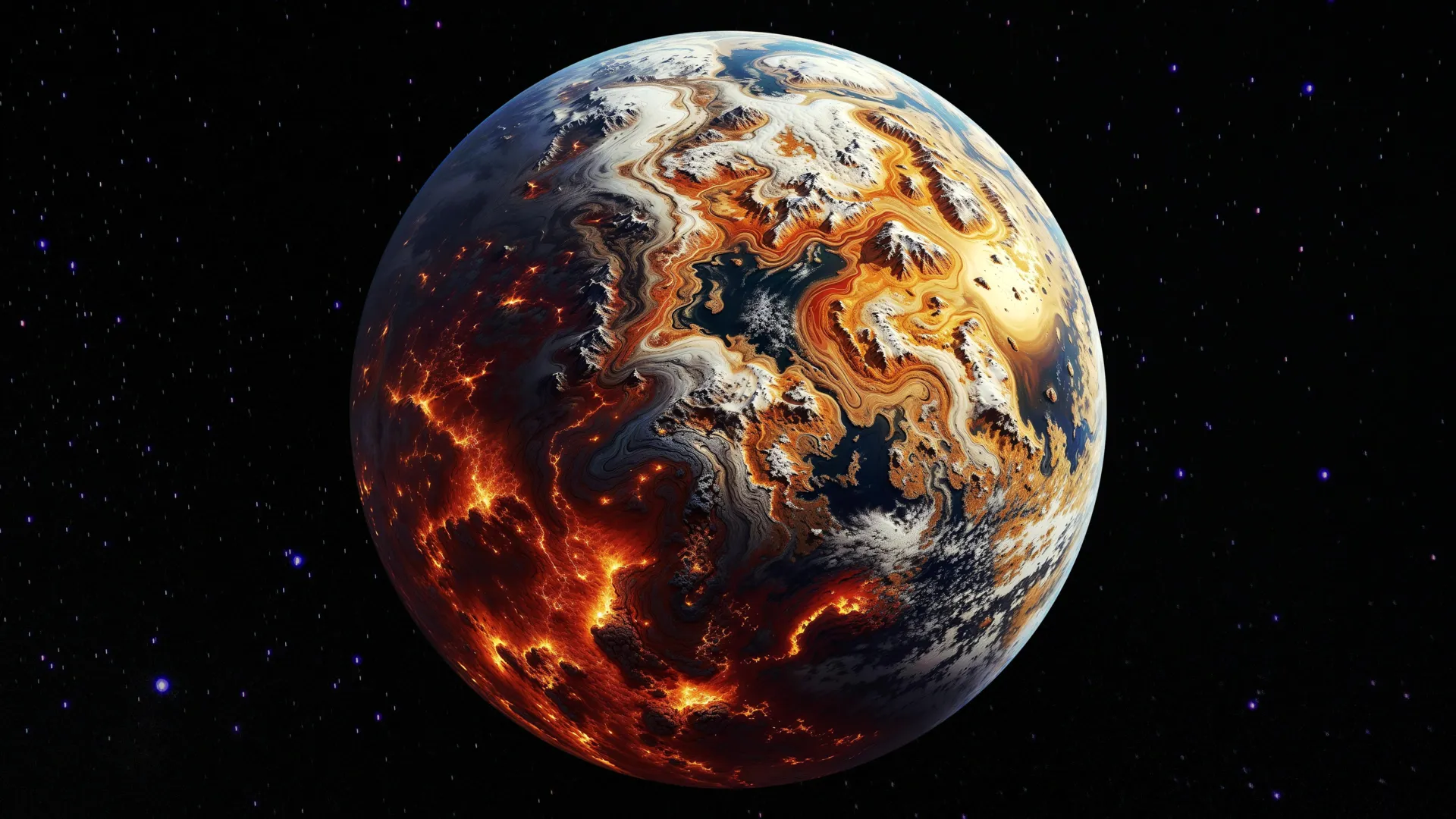Black Holes Crash Course: When Cosmic Giants Clash

Imagine two gargantuan cosmic behemoths, each with the mass of more than 100 Suns, hurtling towards each other in an unfathomable dance of death. This isn't science fiction—it's the latest mind-bending reality uncovered by astronomers that could reshape our understanding of the cosmos.
Recently, a colossal black hole merger named GW231123 was detected, challenging everything we thought we knew about these mysterious giants. Observed by the advanced LIGO observatories in the US, with assistance from Virgo in Italy and KAGRA in Japan, this event involved two massive black holes colliding in a cosmic spectacle that sent ripples, known as gravitational waves, through the very fabric of space-time. What makes this collision particularly fascinating is that the mass and spin of these black holes defy current scientific predictions.
Mark Hannam, head of the Gravity Exploration Institute at Cardiff University, remarked, “These amazing detectors are really the most sensitive measuring instruments that human beings have ever built. We’re observing the most violent and extreme events in the universe through the smallest measurements we can make.”
This event is perplexing because the black holes involved fall into a “mass gap”—a range of 60 to 130 solar masses where black holes aren’t expected to form from dying stars. Charlie Hoy from the University of Plymouth suggests these black holes might be the result of successive black hole mergers, hinting at a cosmic domino effect where black holes keep merging to create even larger ones.
Interestingly, the black holes were spinning near their physical limits, a characteristic not seen before. This suggests either a new formation mechanism or the need to revise our current models of black hole development. Zoltan Haiman, from the Institute of Science and Technology Austria, proposes that these black holes could be relics of multiple generations of mergers.
The implications are vast. Could this be a one-off event, or are there more heavyweight black holes lurking in the universe? Only future observations will reveal the full story.











